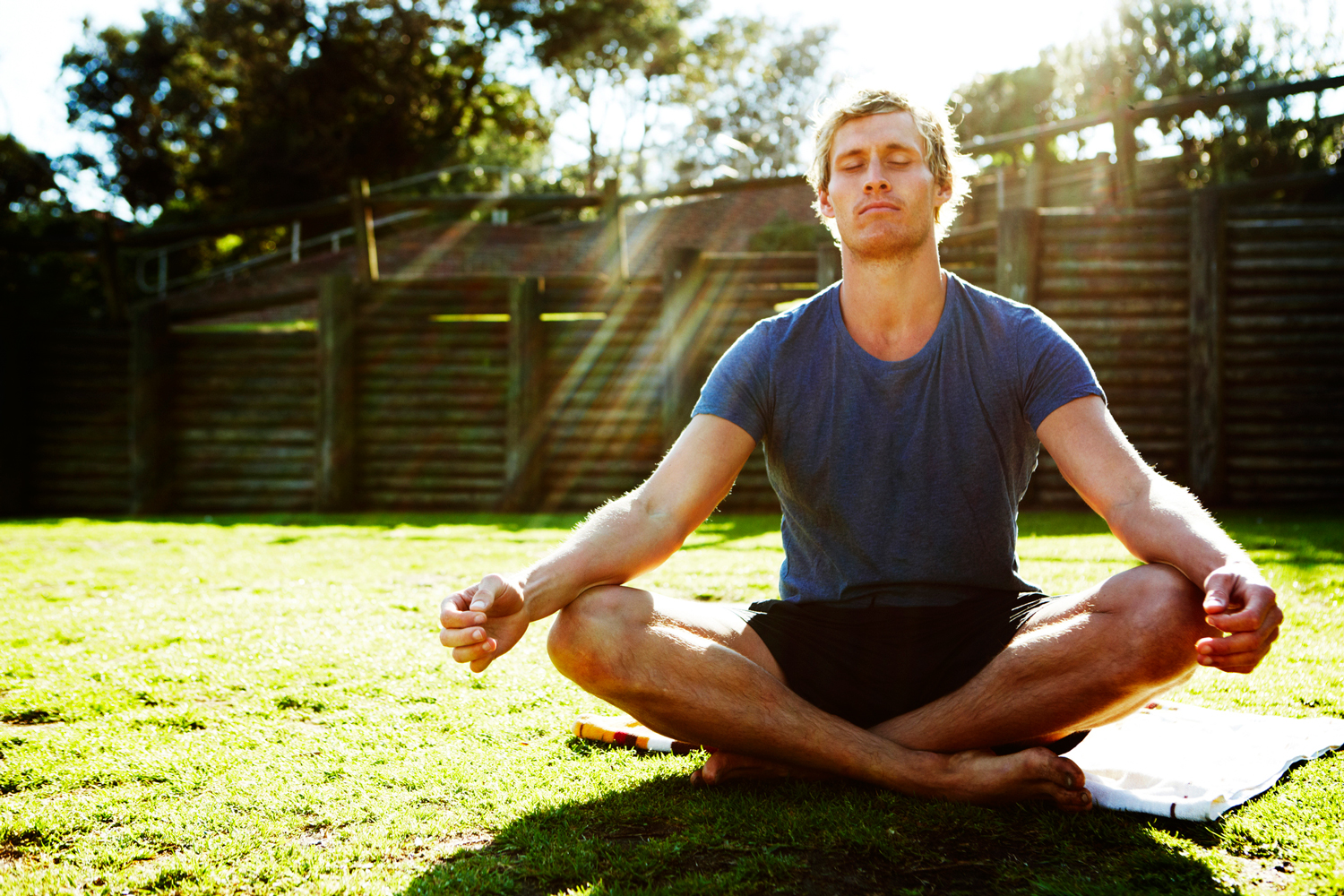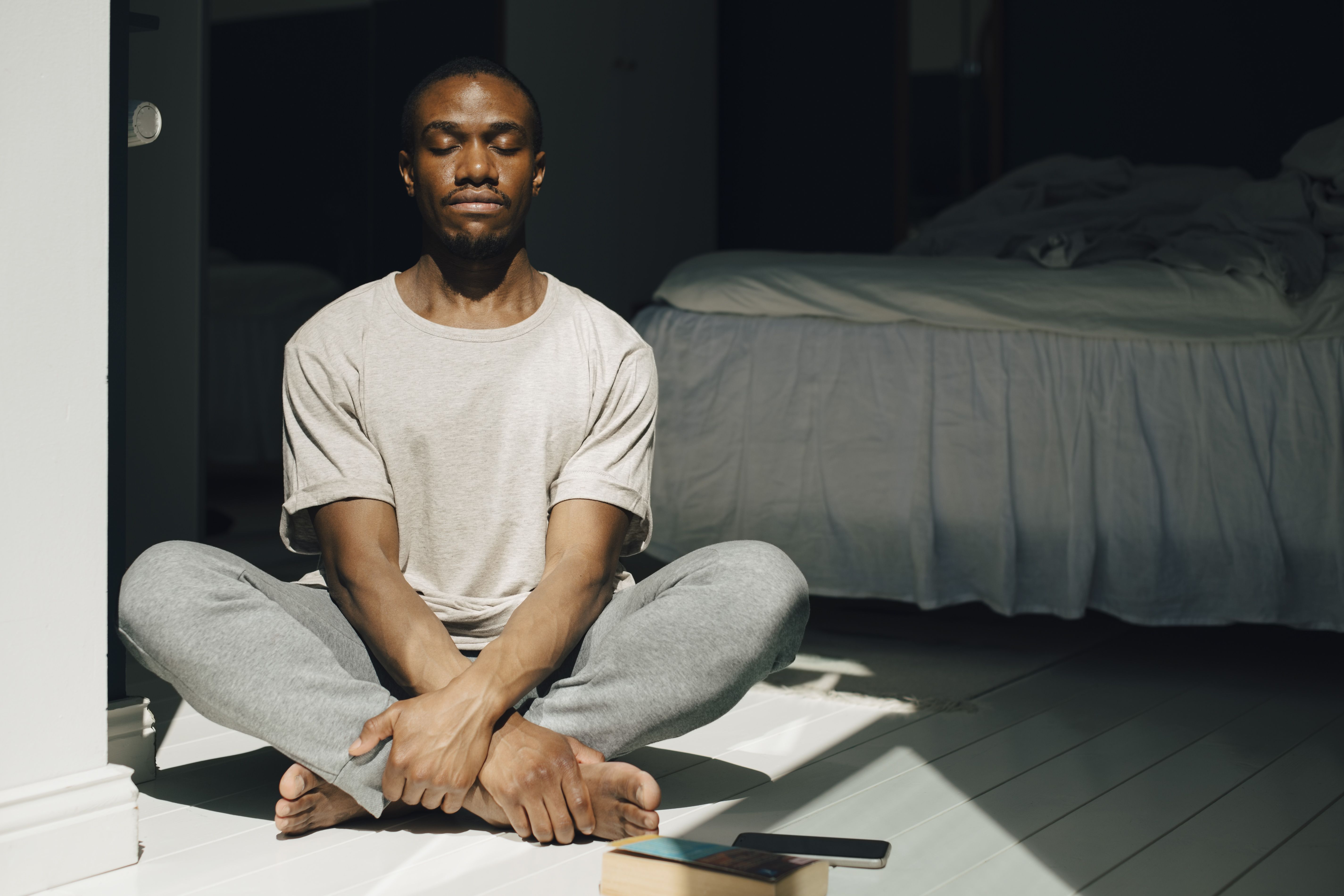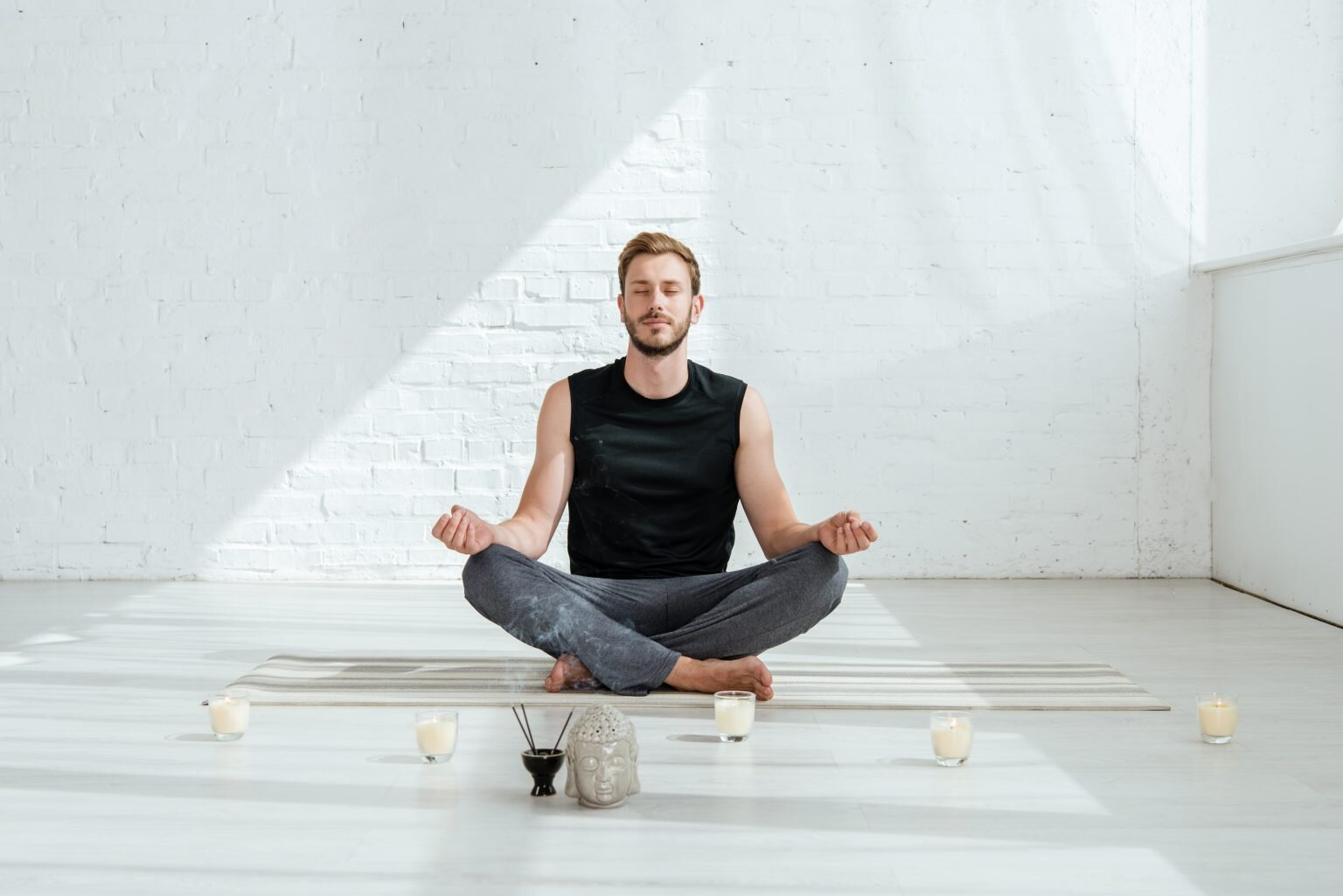A Step-by-Step Strategy on How to Meditate? for Anxiety Relief
A Step-by-Step Strategy on How to Meditate? for Anxiety Relief
Blog Article
Exactly How to Meditate: A Step-by-Step Approach to Achieving Mindfulness and Calmness
Meditation acts as a powerful device for achieving mindfulness and emotional calm in a busy globe. By comprehending the basic principles and strategies entailed in meditation, individuals can grow a practice that enhances their total wellness. This conversation will describe essential steps, from producing a helpful environment to integrating reflection into everyday regimens. As we explore these elements, it comes to be clear that the trip to mindfulness is not simply about the act of being in silence, but rather regarding promoting a much deeper link with oneself and the globe around us. What might this makeover entail?
Recognizing Meditation
Recognizing meditation involves realizing its basic concepts and methods, which offer as the foundation for the practice. At its core, reflection is a mental workout targeted at advertising relaxation, developing inner power, and establishing compassion and insight. The technique urges individuals to concentrate their attention, often with strategies such as deep breathing, visualization, or mantra repetition.
Reflection can be categorized right into numerous designs, including mindfulness, transcendental, and loving-kindness reflection, each with distinctive purposes and methodologies. Mindfulness meditation emphasizes present-moment awareness and non-judgmental monitoring of ideas and sensations, while copyright entails using particular concepts to go beyond regular mind. Loving-kindness meditation concentrates on creating a mindset of love and concern in the direction of oneself and others.
No matter the method used, the primary objective continues to be regular: to grow a much deeper understanding of the mind and its patterns. This self-awareness cultivates emotional resilience, quality of idea, and an extensive sense of calm (How to meditate?). By understanding these principles and techniques, people lay the foundation for a successful meditation technique that can significantly enhance their general well-being
Preparing for Your Method
Prior to starting your reflection method, it is vital to create an environment for focus and relaxation. Select a peaceful area where you are not likely to be interrupted. This might be an edge of a room, a yard, or any location that evokes a feeling of peace. Make sure that the location is cost-free and clean of mess, as a tidy setting can help clear the mind.
Consider the illumination, as all-natural light can enhance your state of mind and power. Soft, cozy lights is often extra soothing than severe fluorescent lights. Furthermore, pick a comfy temperature, guaranteeing that you are neither as well warm neither as well chilly.
Integrating elements that advertise tranquility can even more enhance your experience. This may consist of soft paddings or coverings for convenience, as well as relaxing aromas from important oils or scent. It can also be valuable to have a timer set for your reflection session to prevent disturbances from clock-watching.
Standard Meditation Techniques

An additional reliable method is body scan meditation. This involves emotionally scanning your body from head to toe, observing any locations of tension or pain and purposely unwinding those muscle mass. This technique promotes a deeper connection in between your body and mind.

Last but not least, loving-kindness meditation focuses on growing empathy in the direction of on your own and others. check out this site Quietly repeat phrases of goodwill, enhancing emotional health and interconnectedness. Each of these techniques functions as a structure for your reflection trip, enabling you to discover the approach that reverberates ideal with your individual method.
Keeping Emphasis and Mindfulness

Establishing a specialized meditation space can improve the capacity to preserve mindfulness. A silent, clean environment minimizes interruptions, permitting for deeper immersion in the practice. In addition, setting a time restriction can help handle expectations; beginning with shorter sessions may reduce the shift into longer techniques.
Making use of strategies such as body scanning or observing feelings can also reinforce mindfulness. These methods motivate experts to remain present and involved with their physicality, securing their interest in the moment. Normal practice is essential; the mind builds strength over time, creating a more powerful ability for focus.
Incorporating Meditation Into Day-to-day Live
Including reflection right into daily life can change regular activities into opportunities for mindfulness and self-reflection. By incorporating mindfulness practices into typical tasks, individuals can grow a better feeling of presence and peace amidst the numerous hours of everyday life.
Begin by identifying minutes throughout your day where you can pause and exercise mindfulness. As an example, throughout your morning commute, concentrate on your breath or the feelings of the environment around you. In the kitchen, method food preparation as a reflective practice, enjoying the Bonuses appearances, colors, and scents of the ingredients. Even ordinary activities like cleaning dishes or walking can end up being possibilities for reflection by directing your interest to the experiences of motion and the audios surrounding you.
Additionally, reserving specialized times for reflection can reinforce its practice. Start with short sessions, slowly raising period as you come to be more comfortable. Use pointers or hints-- like a details time of day or a relaxing audio-- to develop uniformity.
Eventually, the objective is to weave mindfulness right into the material of everyday life, enabling you to approach each minute with purpose, therefore enhancing your general sense of well-being and quality.
Verdict
In conclusion, efficient reflection calls for a silent atmosphere, a comfy placement, and an emphasis on the breath. Regular reflection, also in short sessions, promotes a much deeper link to the present minute, eventually leading to greater tranquility and mental clarity in daily life.
Meditation can be classified into different styles, consisting of mindfulness, transcendental, and loving-kindness meditation, each with distinctive functions and methodologies. Mindfulness reflection emphasizes present-moment understanding and non-judgmental observation of feelings and ideas, while copyright entails the usage of particular concepts to go beyond regular idea procedures.With your meditation room prepared, it's time to explore different basic meditation methods that can aid cultivate mindfulness and inner tranquility.Constantly maintaining emphasis and mindfulness throughout meditation can be difficult, especially for those new to the method.Establishing a devoted reflection area can boost the capability to keep mindfulness.
Report this page